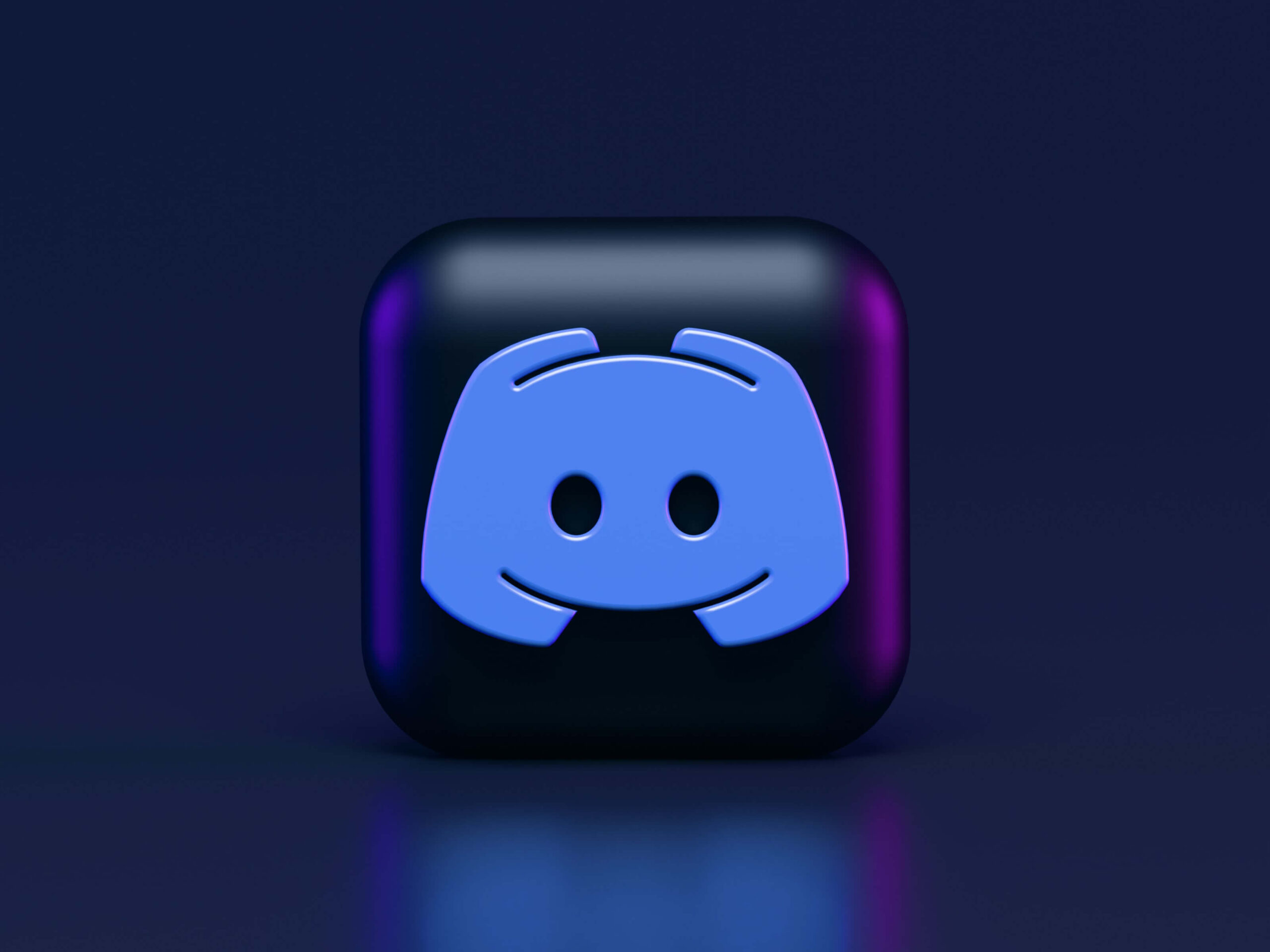One of the most memorable quotes from the 2010 film The Social Network, is when Justin Timberlake’s Sean Parker says: “We lived on farms and then we lived in cities – and now we are going to live on the internet.” Twelve years later, this line is much more true than it was then, as people now use the internet to congregate and form digital tribes on these platforms, and engage one another in myriad ways, including messages sent to friends, family, and brands, voice chats on Clubhouse and Twitter Spaces, and videos in the form of short-form entertainment, streaming, and business calls.
As the world transforms digitally, the communities we interact within have changed, too. This also means that brands are fighting much harder than before for our attention in the digital space.
Brands have been integrating social media as part of their communications strategy for years now, working to reach the billions of people who visit Facebook, Instagram, Twitter and LinkedIn daily. With every brand out there looking to engage consumers through these platforms, they are increasingly becoming more bloated and saturated with branded content – ranging from the obvious sponsored adverts to ‘subtle’ product placements.
But because of this influx of content, people often feel brand fatigue. As advertisers compete with each other for consumers’ attention, brands now need to rethink their social media strategy. More than ever, brands need to focus on engaging their target audience and the wider community in meaningful ways, which is key to increasing brand loyalty and affinity.
Here are a few social media platforms that brands can leverage on to build and engage their communities:
Discord
Discord is a VoIP (Voice-over-IP), instant messaging and digital distribution platform. Users communicate with voice calls, video calls, text messaging, media and files in private chats or as part of communities through different servers. The platform first gained popularity within gaming communities, and was a hit with users with its easy-to-use interface and low barriers to entry, making it one of the most used community platforms within the younger age groups.
One of the key challenges brands consistently face is the ability to build and nurture communities, and to engage their own user base meaningfully. Discord bridges the gap through its community-centric approach, which encourages users to set up their own channels and provides the ability to engage in voice-chat seamlessly. The fact that it’s popular among the younger age groups will also help brands trying to target this particular demographic.
Community channels can also be created for like-minded individuals to connect, for example, over their common love for certain brand’s products. This creates organic community engagement and allows for conversations where people can potentially provide important feedback. Help channels can also be set up for customers to join and speak to a person in real-time, allowing for queries to be answered quickly.
Discord can also be utilized effectively in engaging the media, with its unique text, voice and video capabilities – as well as the ability to make certain channels private or exclusive to a small audience. For example, a brand could dedicate a channel as a media repository where visual assets, press fact sheets and FAQs are stored.
The platform can also be useful for coordinating virtual press conferences and events, with the ability to keep journalists in ‘holding channels’ or conduct simultaneous 1-on-1 interviews across different channels. Moderators and various spokespeople can also park themselves in these channels so journalists can pop-in with questions anytime.
Twitch
A video live streaming service that focuses on video game live streaming, Twitch is a platform where brands can leverage the real-time engagement content creators and streamers earn.
Streaming allows content creators to connect with their audiences in a more direct and intimate setting, and people can directly interact with the brand spokesperson or ambassador in real time. As long as a brand selects an ambassador who gels with the brand message and products, and is genuine in their recommendation, it can be easy for them to build affinity and loyalty through the platform. Ultimately, Twitch satisfies the need for organic and real-time engagement, and will make the brand feel more personable to the masses.
Quora
Quora is a social question-and-answer portal where users can collaborate by editing questions and commenting on answers that have been submitted by other users. One challenge that brands constantly have to tackle is community management as consumers often treat social pages as helpdesks, and managing queries through traditional social media channels can often be clunky. As such, a consolidated FAQ repository that allows users to access information and facts easily will reduce the load on the customer support front.
Brands can also tap on Quora to share short-form thinkpieces and commentaries on the brand’s own platform, circumventing traditional media titles. Posts can be curated and edited to suit the tone of the brand, and publishing on a platform like Quora will also invite organic Q&A opportunities for consumers to engage in conversations. Ultimately, this helps build the brand through a thought-leadership approach, where the brand consistently spearheads conversations about relevant topics and establishes themselves as a key opinion leader within the space.
In an era where digital mediums fight to keep people’s attention, brands should focus on what’s important for its business and its audience by shifting away from pushing out new content and towards engaging their audience and maintaining brand loyalty.
Ultimately, it’s a long game: the brands that thrive are the ones that invest in their communities and engage them in meaningful ways that go far beyond gimmicks and flash campaigns.
Want to set up a solid social media strategy? You’ve come to the right place: hello@mutant.com.sg

